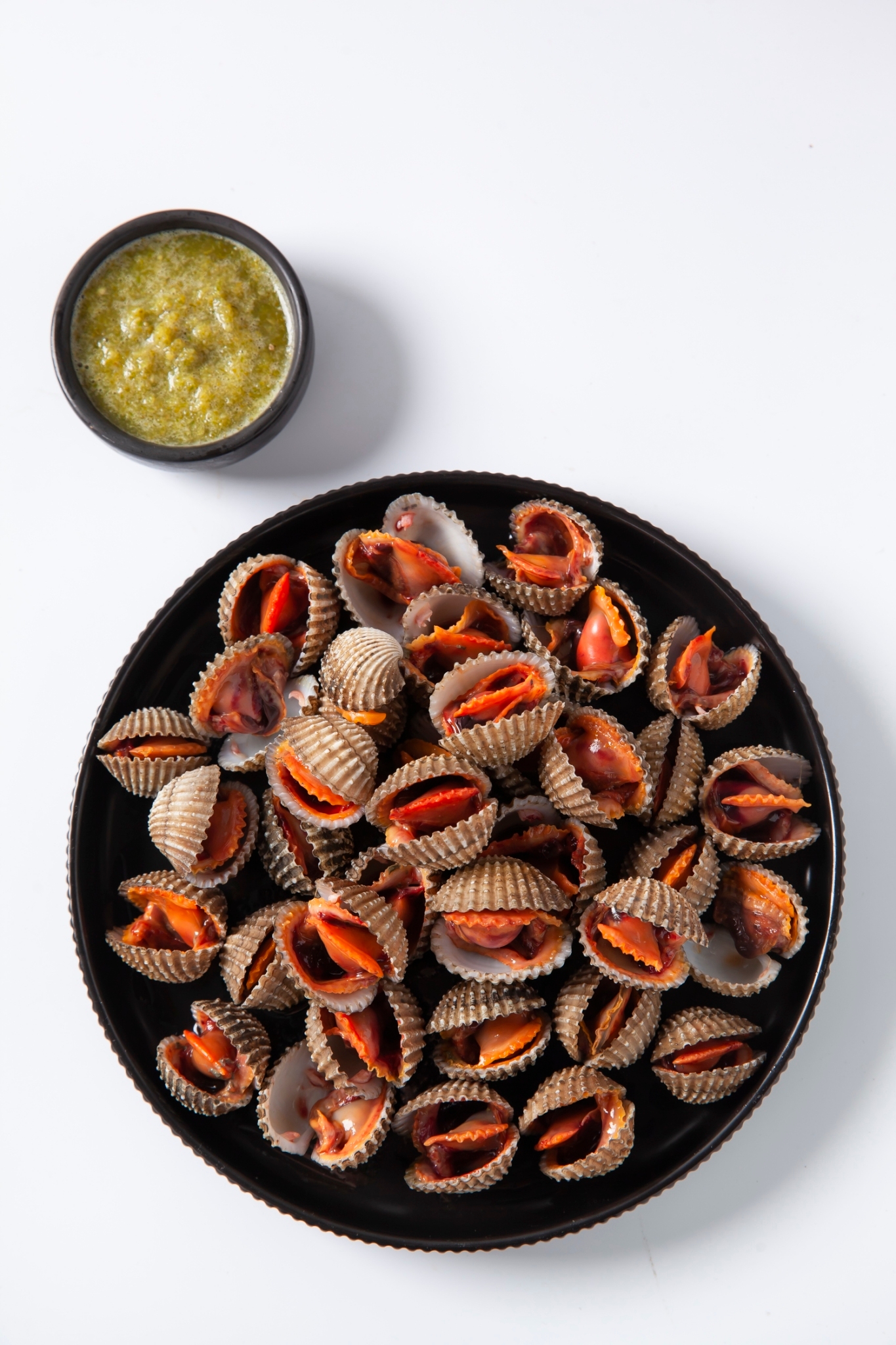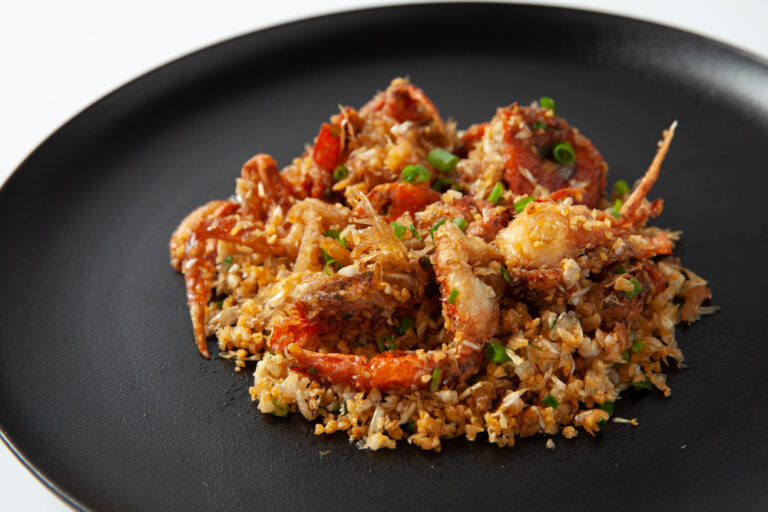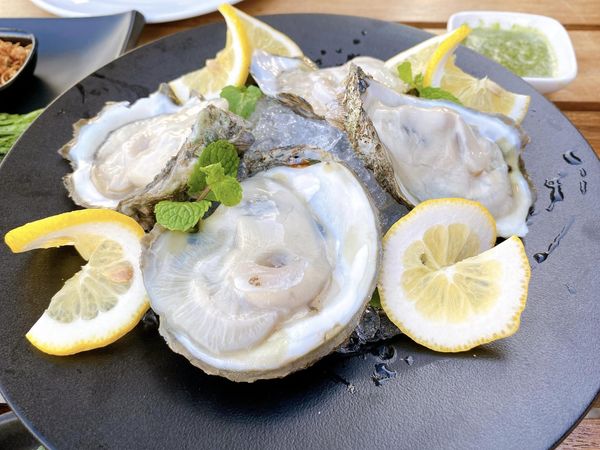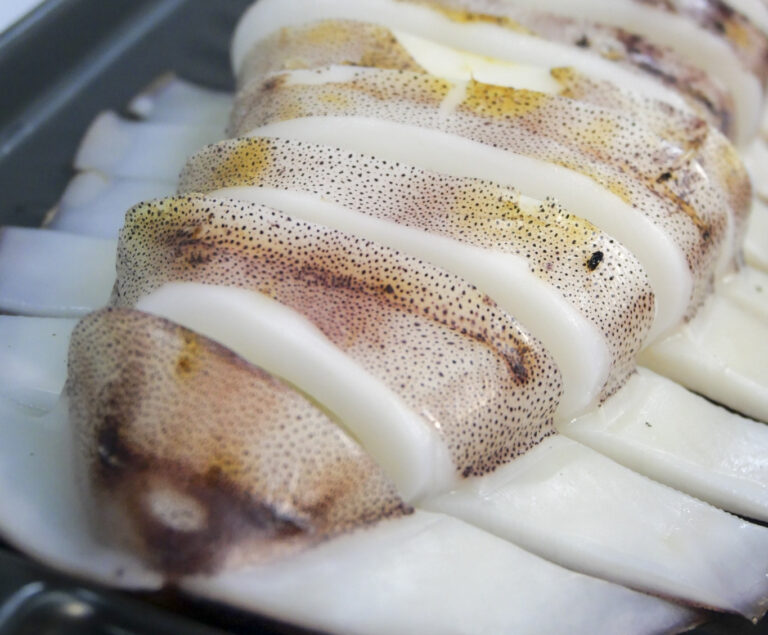Crispy and delicious cockles are famous seafood and a favorite of many people!
There are six types of cockles:
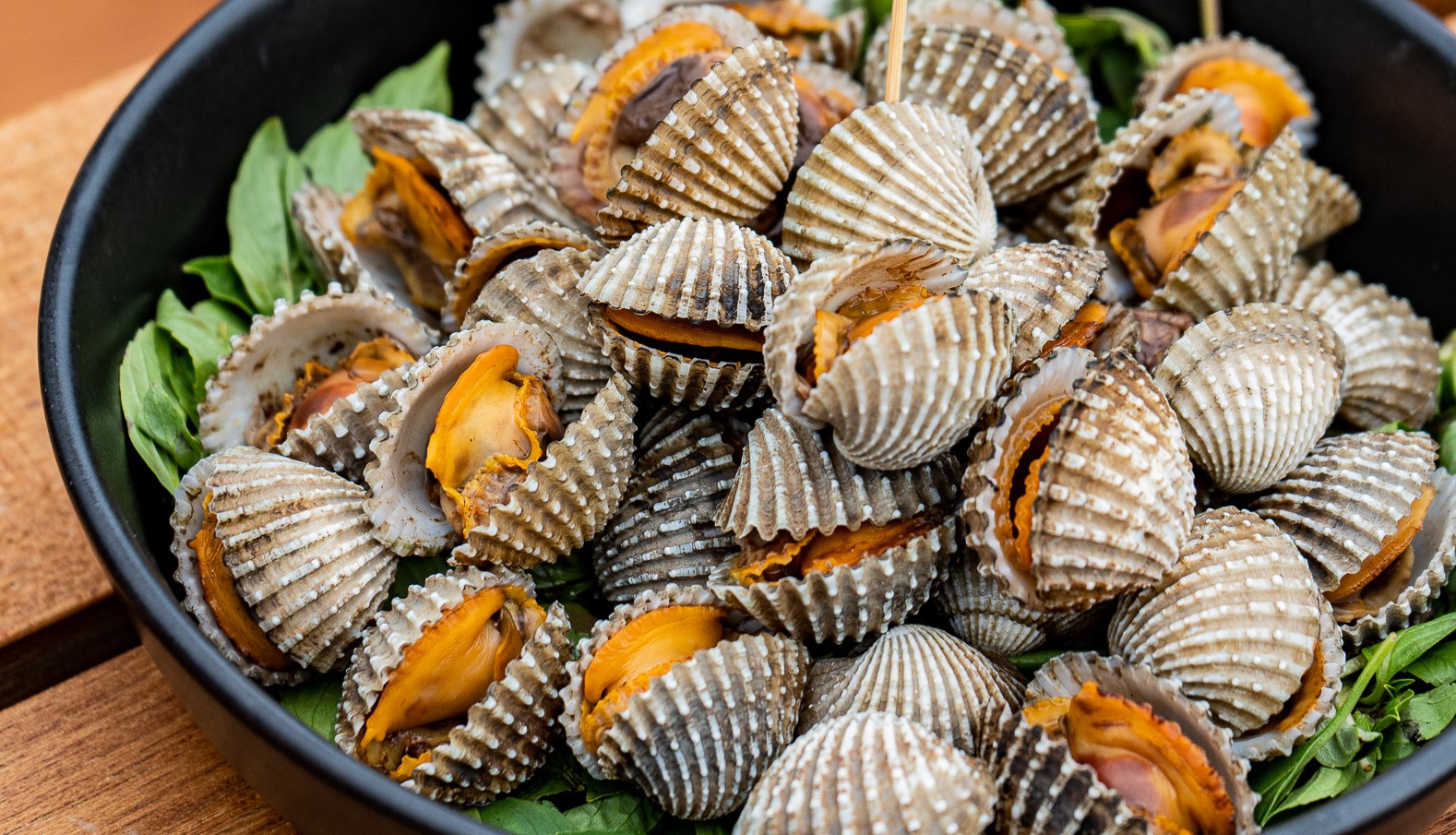
(1) Common cockle : Anadara grosa is very popular and breeding can be found in Phetchaburi, Samut Sakhon, and Samut Songkhram. Anadara grosa will have red blood. It’s suitable for quick blanching. It is rich in protein and can cure anemia. The shell measures 0.5-2.0 inches. It inhabits fine mud beaches along shallow shorelines in coastal countries in Asia.
(2) Krui cockle : It is almost oblong in shape. It lives in the same area as the first cockle. It tastes bland, sticky, and hard to open but cheap. It’s not very popular.
(3) Mun cockle : It is shaped like a heart. It is found in abundance along the coast of the Andaman Sea with mud beaches from Phang Nga to Satun. Tastes like common cockles but with less blood. It is popular for grilling.
(4) Moom cockle : It is similar to Krui cockle. It is pale and bloodless with a yellow-brown shell but large. It has a strong fishy smell but is cheap.
(5) Crooked cockle : It has an elongated bract. There is a ridge and tear marks of the bark. Looks like a hairy cockle, but the shell is longer and oval. It has 35-44 ridges. The length of the bark when fully grown is 15 cm. It is found mainly in Chon Buri and Koh Plab, Surat Thani Province.
(6) Blood cockle : It is the largest blood cockle. The two sides are not the same size. The outer surface of the bark is hairy. Its shell is 2 inches long. It lives in the sandy muddy ground at relatively deep water levels in Trat, Phetchaburi, Phuket, and Songkhla provinces. It has a sticky texture and a muddy smell. But if it’s cleaned well and grilled, it’s delicious.
Terrace Seafood selects the most popular consumer blood cockles which are farmed in Thailand, let’s get to know them.
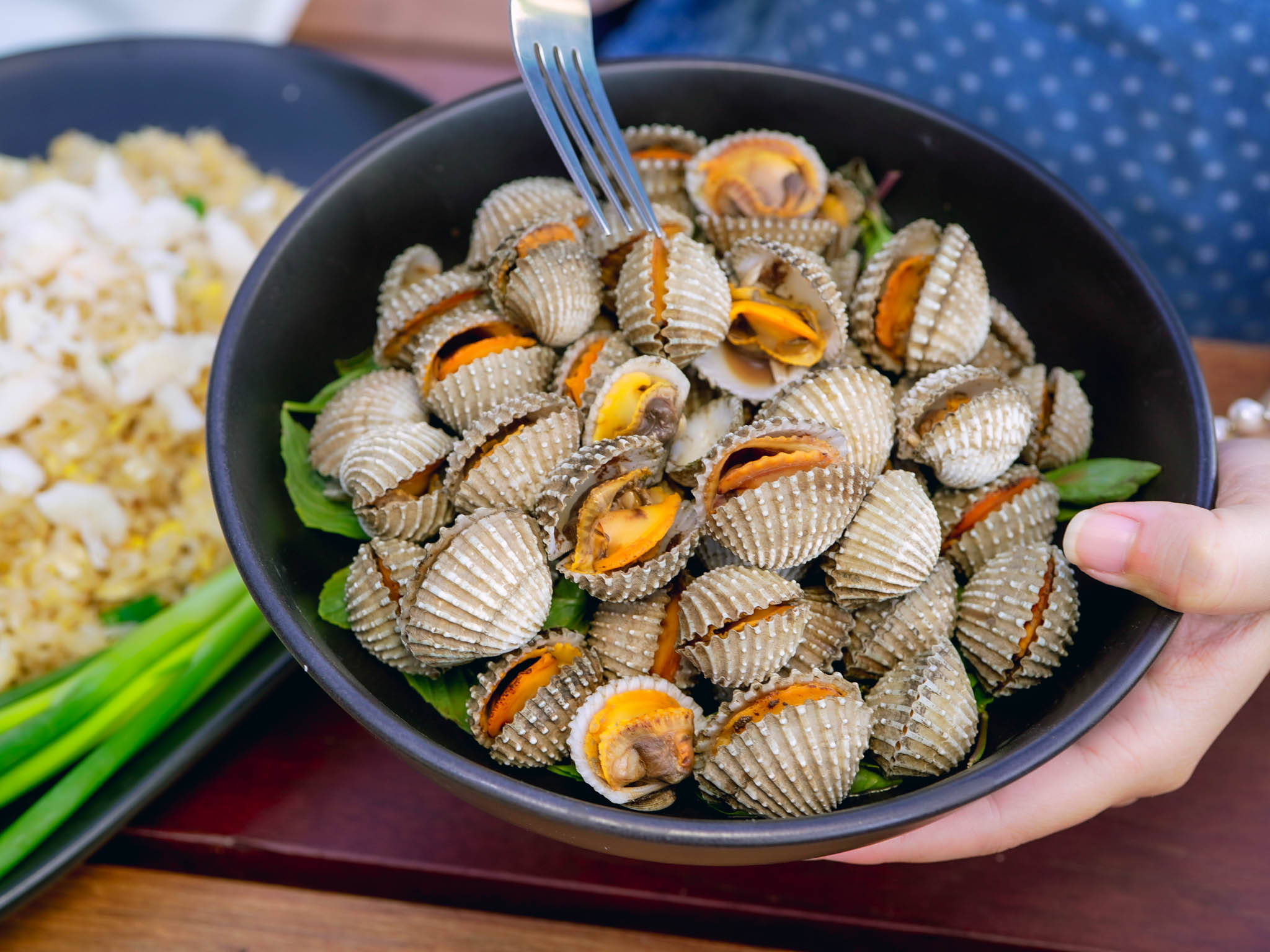
Thai cockles are raised in semi-naturally closed ponds. It is able to control and improve water and soil. Cockles are the longest and most delicious.
Khlong Khon villagers, Samut Songkhram province, have collaborated with researchers from Burapha University to think of ways to raise cockle. “Raising cockles in semi-enclosed ponds” This method can control various factors. The downside is that shellfish feed has not yet been developed, which is different from natural farming.
Snails also eat food very quickly. The plankton used for food are rapidly depleted. Although researchers have tried to develop fast-growing species of plankton to feed the mollusks, this is not enough. Food is important because food is the growth of the mollusk.
There are two species of cockle farming, namely the flat cockle and the round cockle. There will be rearing ponds that are raised from small oyster ponds for about 1 week and then put into soil ponds for another 2 weeks, followed by large ponds for adult oysters.
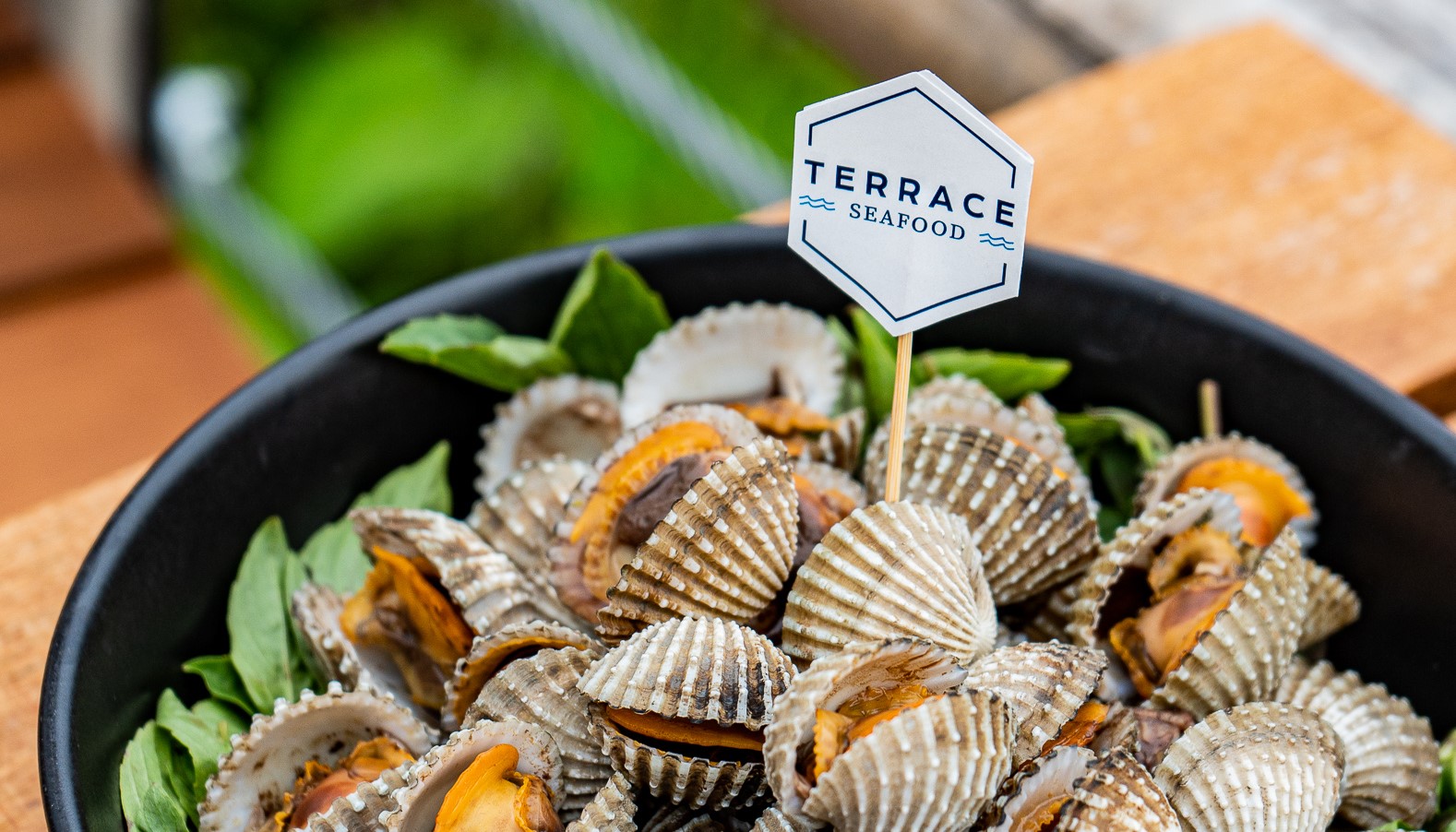
Currently, farmers have collaborated with Burapha University researchers to develop a culture of plankton used as food for cockles. Initially, the cockles were produced as needed to be exported and sold in the market. Shellfish get enough nutrients.
Wow! Cultivation is just like this. Terrace Seafood has realized the importance of cockle farming in Thailand to support cockle farmers. We have ordered them directly from Samut Songkhram to give local people a taste of authentic Chiang Mai seafood.

TERRACE SEAFOOD | Chiangmai
OPEN : 17.00 – 23.00 น.
Live Music : monday – thuesday 18.30 – 19.30 น., 20.00 – 21.00 น.
friday – sunday 18.00 – 22.00 น.
GPS: https://goo.gl/maps/G2J1FKwhV5a1dPej8
Facebook : TerraceSeafoodChiangmai
See Menu

